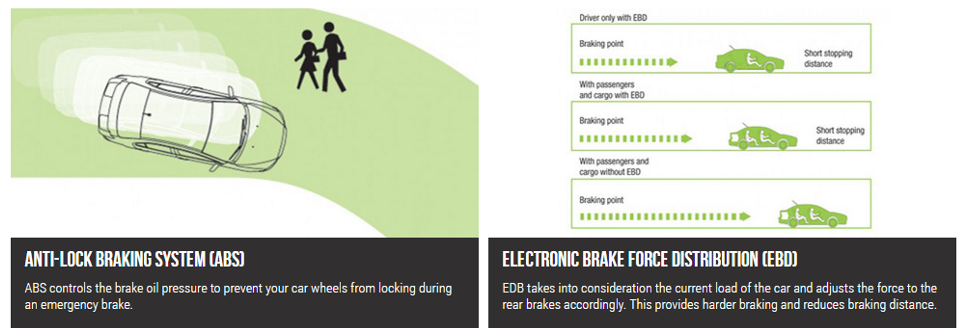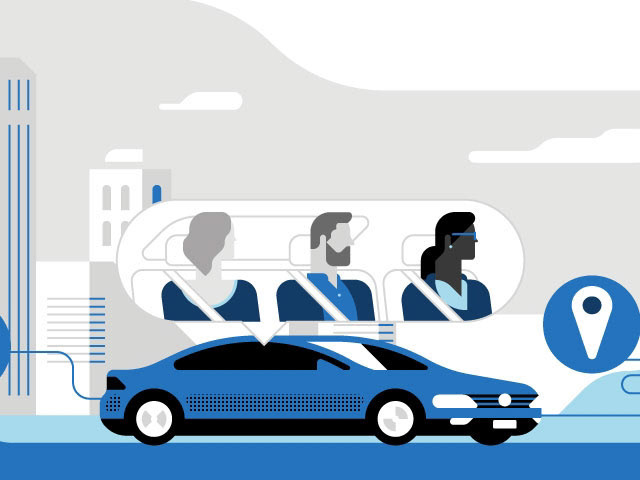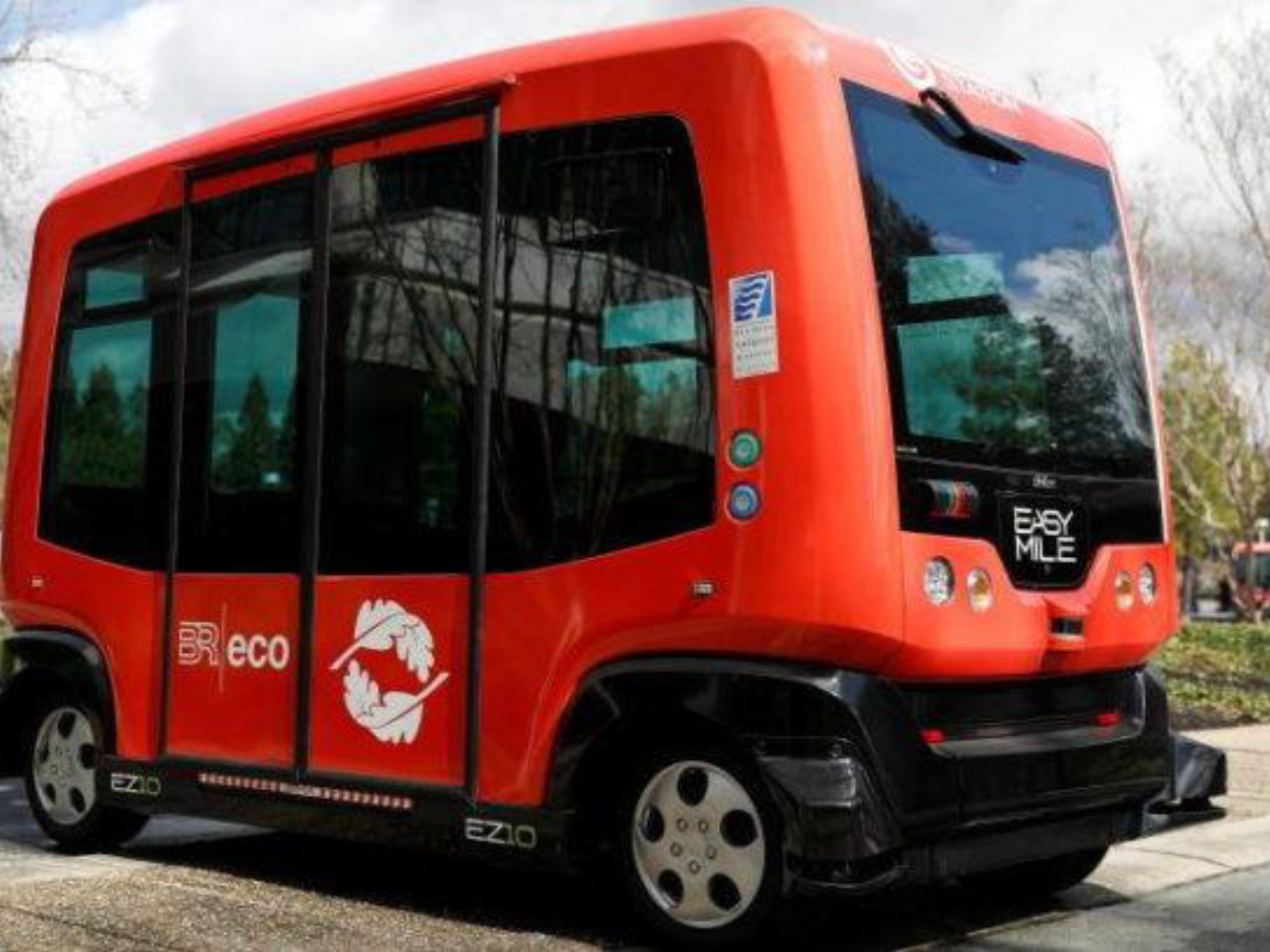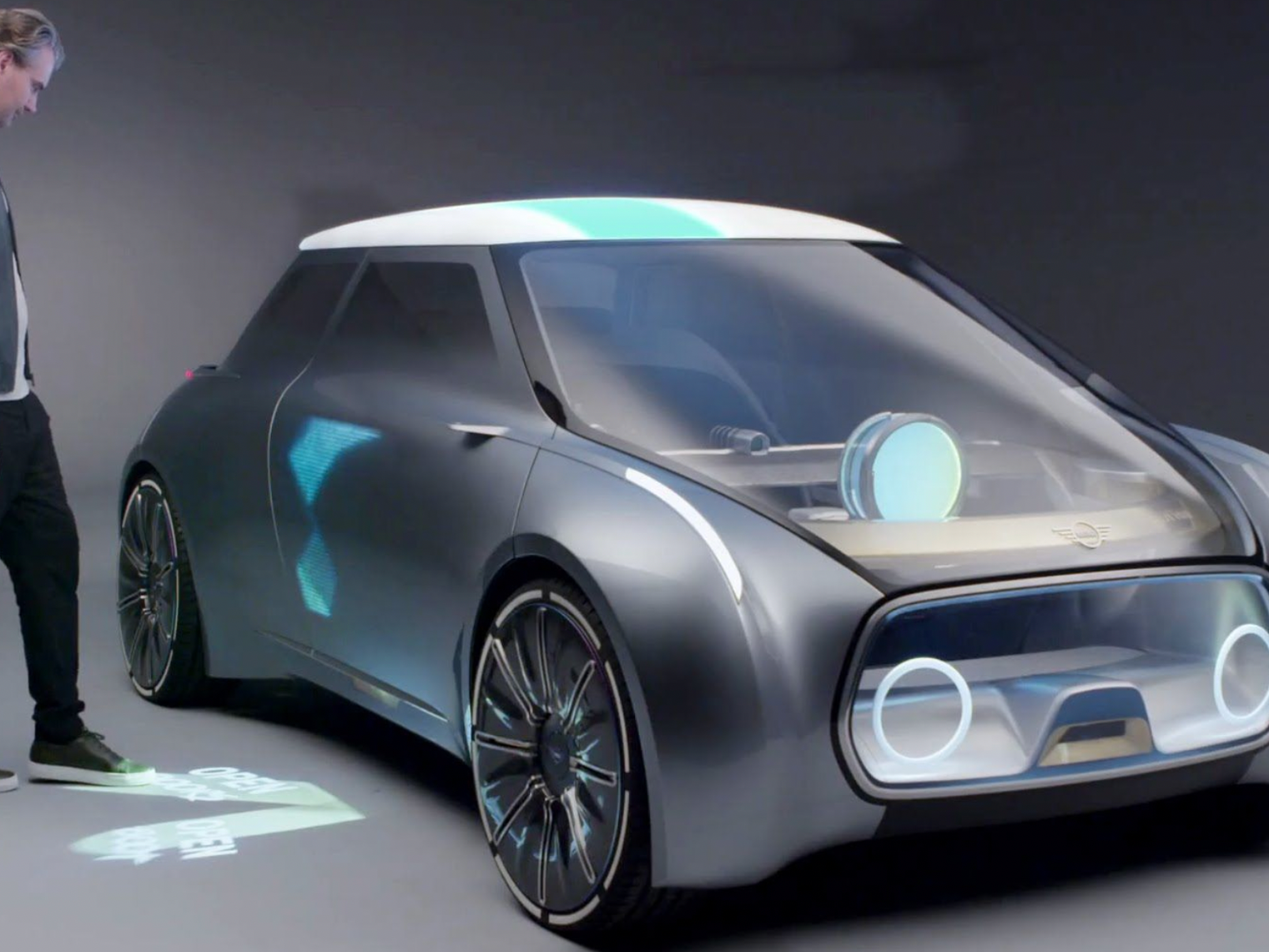Background to Self-Driving Public Transportation (Taxi)
Self-driving cars started way back in 1925 when the Linrrican Wonder, built by Houdina Radio Control, drove through a traffic jam in New York City and was controlled by a transmitting antenna. The car behind this “phantom auto” sent signals to the antenna, and the signals worked on small electric motors. It’s been a long journey since then towards the later part of this year in August 2016 that an entire fleet of electric vehicles, mounted with sensors, radars and complex technologies made its debut on the streets of Singapore as one amongst the first to roll out self-driving taxis. From the advent of the horseless carriages mankind desired autonomous vehicles on the road.
Linrrican Wonder, Picture credit: [Novak, 2010]
Here is a brief history of autonomous cars leading to autonomous taxis, the Mitsubishi’s i-MiEV, which is the product hero of this paper.The self-driving cars are a logical extension of existing driver aids like lane-keeping systems , follow road markings to sound a warning and correct the steering if a vehicle starts to go out of its lane, adaptive cruise control to maintain a constant distance from the vehicle in front, rather than a constant speed, auto-parking systems to reverse a car into a parking space, emergency braking to slam on the brakes if an obstacle, another vehicle or a pedestrian is detected in front of the car and satellite-navigation system. For a car to drive itself, these systems are all connected together using software, supplemented with a set of sensors so that the software can tell what is going on around the vehicle and drive itself.
Deep Dive into NuTonomy's Mitsubishi's i-MiEV
When you read about taxi’s the first brand that comes to mind is UBER. UBER is making autonomous taxis in partnership with ex-domain experts from MIT and in partnership with car companies like Volvo. Though, UBER isn’t the first to make public use autonomous cars and shuttles. A French company Navya was the first to put it limited use autonomous shuttle out there for public use after over 10 years of research. It launched the NAVYA ARMA a 100 % electric and autonomous transport vehicle in October 2015. Navya is an intelligent driverless shuttle can transport about 15 passengers at a top speed of about 15 miles/h. The Navya was originally designed to be used in closed public spaces like Airports, Amusement parks, hospitals, resort complexes, Industrial sites and such other urban area. Interestingly in August 2016, NuTonomy-an MIT startup spinoff in partnership with Grab, launched its modified versions of Renault Zoe and Mitsubishi i-MiEV driverless taxies Singapore.
Picture Credit Navya Gallery
NuTonomy's Mitsubishi's i-MiEV
A self-driving taxi is the focus for the purpose of this research paper. Let’s call it the i-MiEV from hereon.The i-MiEV has a 62 miles range as per EPA rating. In 2012-2013 amongst electric cars, it stands out as the most energy efficient delivering upwards of 99 MPGe on highways. The iMiEV wasn’t an EV always, leave alone its NuTonomy avatar of being a self-driving car. The seed was sown in its 2003 when the first amongst the two concepts of Mitsubishi-i debuted at the 60th Frankfurt motor show. It later came to be known as the Mitsubishi i - a “kei” class commuter. The drive then, was on the rear wheel. During its conversion from gas to electric the company retained the rear drive and replaced the gas powered motor with an electric one. Though it’s a small car, and can easily fit-in 4 adults, including a basketball player at the rear seat. It uses an aluminum space frame with a total weight of a vehicle rolling out of the assembly line at 1,110 kg. It has an impressive 4start Euro NACAP crash test rating. It is also sold as a Peugeot iOn, Citroën C-Zero, Mitsuoka Like (LWB) and Subaru O2 (2014).
Regenerative Brake function
The Engine Room
The rear load platform houses the inverter, rectifier and DC-DC voltage reduction device (For auxiliary battery). The motor, differential and reduction gear assembly are beneath. On the left, the red filler cap is for motor coolant (water antifreeze mix). On the right, the electric vacuum pump for the braking system. The motor is a single permanent magnet synchronous motor mounted on the rear axle with a power output of 47 kW and torque output 180 N•m.
Battery and Cooling
It uses a single-speed reduction gear transmission driving the rear wheels. The battery is a 16 kWh lithium-ion battery pack consisting of 88 cells under the base floor. The pack has 22 cell modules connected in series at a nominal voltage of 330 V. There are two 4-cell modules placed vertically at the center of the pack and ten 8-cell modules placed horizontally. The entire pack has a specific energy of 80 Wh/kg. With a forced air cooling system to prevent overheating during high charge and discharge rates and consequent damage with an integral fan in the battery pack. For rapid charging, the battery pack is additionally cooled with refrigerated air from the cars air conditioning system.
Recharging the batteries takes about 14 hours from a 110 volt power supply, 7 hours from a 220 volt power supply and as little as 30 minutes from a quick charging station.
Charging the batteries
The charging has two types of modes on the i-MiEV with 3 options. One on the left and one on the right of the car. Towards the rear left, beneath a cover (which can be released from inside the car) is the “rapid” DC CHAdeMO charging point. at 125 Amps., which has two large pins (for the charging current) and eight small ones for control circuitry. The cable used for this purpose is captive to the roadside charging point. The Mitsubishi i-MiEV includes a convenient, portable charging cable that plugs into a standard 120V household outlet and produces a full charge from empty in about 22 hours at 8amps; switch to the 12amp feature, and i-MiEV will charge in about 14 hours. For faster charging, there's the optional AeroEnvironment or Eaton home charging docks, which provides a full charge in about 6 hours. Plus your i-MiEV is equipped with a standard public quick-charger port that connects to CHAdeMO Level 3 chargers to deliver an 80% charge in as little as 30 minutes. On the right, is the “fast” and “slow” (Mennekes) AC charging point, accessed in a similar way to the DC charge point. It is a five pin IEC62196-2 Type 2 point. Out of the 5 pins, 3 large pins are the line, neutral and earth/ground and the 2 small pins are a control circuit. This circuit enables the charge current to be cut off when charging is complete, cuts off power if the plug is removed from the vehicle (the plug and socket are both unshuttered), prevents both rapid and fast charging being done simultaneously and also prevents the vehicle from being driven while the plug is inserted, which is indeed a cool feature to avoid accidental tug at the charge. For “fast charging”, the control box (mounted at the roadside) is limited to 20 amps enabling a charge time (from depletion) of four hours. For “slow charging”, a non-captive lead/cord is provided with the car. It is intended for use in the home or other domestic places. This has a local plug at one end and a Mennekes connector at the other. The Mennekes plug has a retaining trigger with a hole for a padlock to prevent the plug from being removed from the car if deemed necessary. There is a “floating” control box in the middle of this lead/cord that functions similarly to the fast charger but limits current to 10 amps so enabling an eight-hour charge time (from complete depletion on 230 volts).
i-MiEV includes a convenient portable charging cable which is switchable from 8amps (approx. 22 hours) to 12amps (approx. 14 hours) that plugs into a totally dedicated 15amp standard 120V household outlet. The i-MiEV operates in Singapore’s high-tech business district called One north at a designated pick-up and drop off points.
The iMiEV charger is just a big transformer isolated switch mode power supply with fairly wide input voltage range. You can see (in the circuit diagram below) there is no relationship between battery voltage and mains voltage.
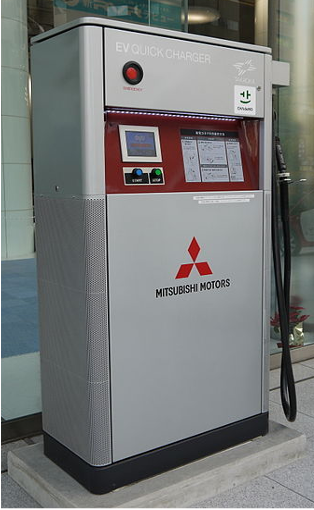
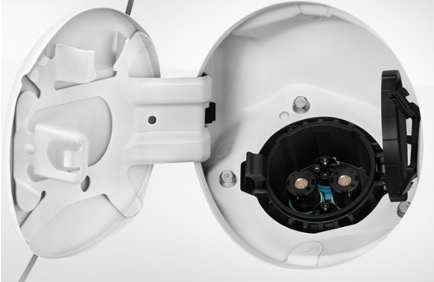
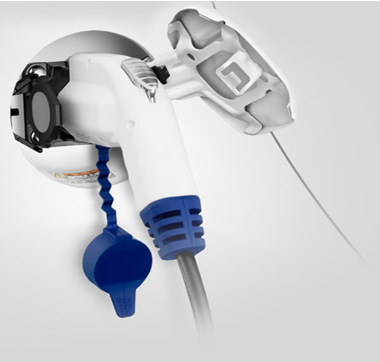
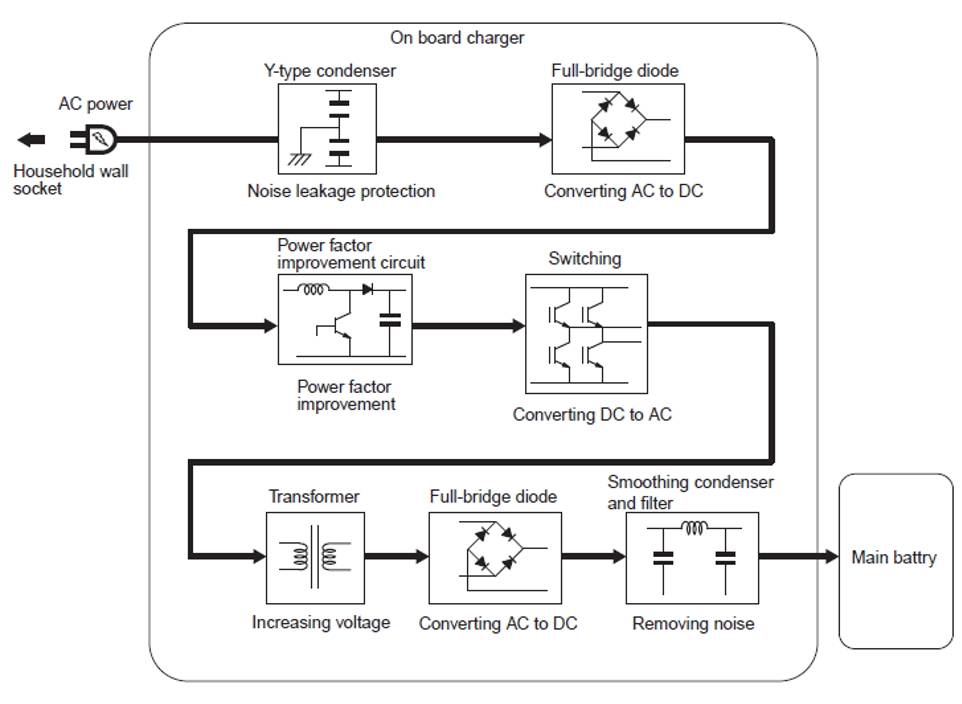
How does the Notonomy i-MiEV autonomous version see the road without a driver?
For that letss first understand how a self-driving car works and what it takes to make an existing vehicle autonomous. See (reference info-graphic) below.
A self driving vehicle relies on many sensors to plot the trajectory and avoid collision or accidents. The NuTonomy team of engineers and designers took the base model of the iMiEV and fitted with such sensors and a central decision-making systems called a “multi domain controller/ processors (computer)” which takes the continuous input from all the sensors and processes them.
The main sensors on the iMiEV are:
Camera (Optics): It takes images of the road, reading road marking, traffic signals, and things in view either in motion or stationery, these are then interpreted by a computer. What the camera sees, the iMiEV sees.
Radar: It senses objects in vehicle’s path for over 100+ meters. Basically it sends radio waves that bounce back and alert the iMiEV that something is in its way, it is however unable to differentiate object type.
LiDAR: This is a powerful sensor that sends out light pulses that reflect back and let the iMiEV know what objects to avoid for over 100+ meters. Also, it can define lines and also works in the dark. That’s pretty cool. Below is a view of what the Lidar “sees”.
GPS: A global Positioning System (GPS) keeps the iMiEV on its intended route with an accuracy of about 25-35 centimeters. The GPS is supported by Gyroscopes, accelerometers and altimeters to provide more accurate positioning.
The Mitsubishi i-MiEV has these technologies under its skin to see the road and drive itself around.
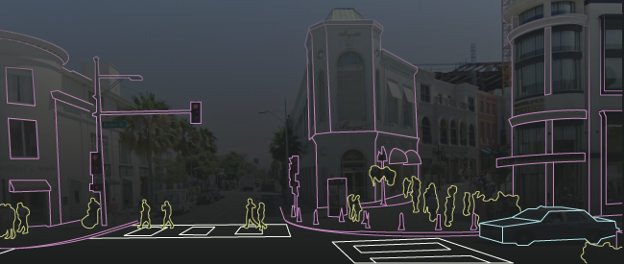
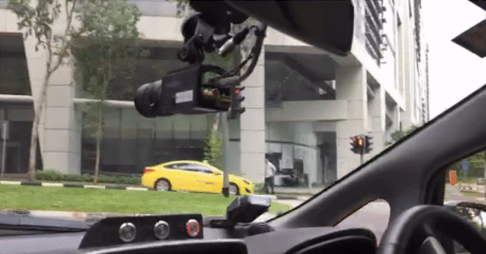
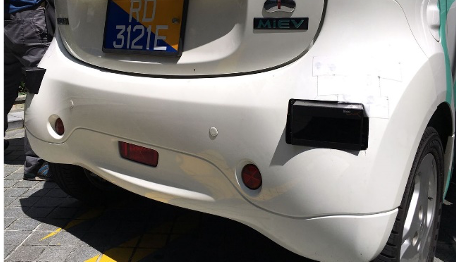
Conclusion
The Mitsubishi i-MiEV has made a significant breakthrough from the point of taking the lab test product to the road and having some real end uses experience the services it has to offer. nuTonomy did not build a car but rather retro fitted autonomy into an existing best of breed, proven EV from the Mitsubishi stables. The i-MiEV public trial was able to get the necessary data to analyze system performance, vehicle routing efficiency, app booking process, initial experiences of passengers and the overall satisfaction. It also expands the scope of owning a car vs renting a service to go from point A to Point B and instead of being parked the whole day could be used to pick and drop many more people (the uber world) or even as service vehicle in delivery of goods. The i-MiEV also is a great example for the automobile manufacturers to push value in terms of revenue a product can fetch in an almost saturated market where demands are declining for the traditional and the industry is in dire need of life infusing change in strategies, which many leading players are already participating to do so in the automobile industry. I believe the public trials of i-MiEV will go down in history of this change.
I do feel that there are a few concerns the existing i-MiEV raises, one being that the i-MiEV by itself had not much to offer in terms of being an autonomous car, though that is the case of most car companies who are retrofitting to test autonomy, leave aside a Future Faraday concept or the LeEco LeSEE Pro self-driving electric car which are actually built to be driverless cars. It would be interesting to have nuTonomy and Mitsubishi apply all the learning from the Singapore trial to come up with a ground redesign of the i-MiEV as a driverless car from the Mitsubishi stables or a joint venture between nuTonomy and Mitsubishi. In my opinion the i-MiEV stands a good chance to ride ahead as a fully autonomous public service vehicle, based on its past records and popularity of being a successful EV with significantly less changes to its design since 2012.
My question to the nuTonomy designers, if at all possible is that what are their thoughts on this front to move from retrofitting the i-MiEV to a fully designed self-driving car. How do they plan to change the experience of a car that still has traditional in-cabin experience and gadgets that people who ride it stare hard into and wonder what’s happening (like I saw some of the expression at those public trial videos of i-MiEV). Having said that, the general public and communities at large will benefit from its use as an It has the potential to not only serve as taxies but also a delivery vehicle, a convoy of cars for schools, at hospitals and critical care to give rides relatives and guardians of the injured/sick. It could be put to use in multiple businesses besides these or even an open convertible version of it’s for transportation of luggage and crew at an airport. The possibilities are limitless for the version it could be rolled out into.
At the end of it…it’s a great beginning for the driverless taxi service with the Mitsubishi the iMiEV as autonomous rubber finally met the road.
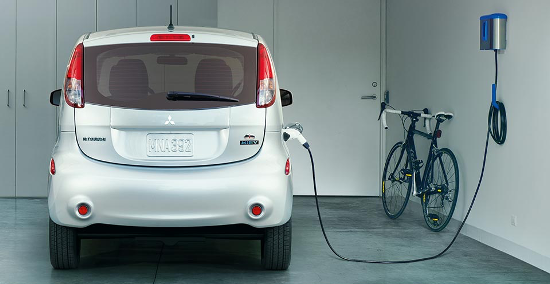
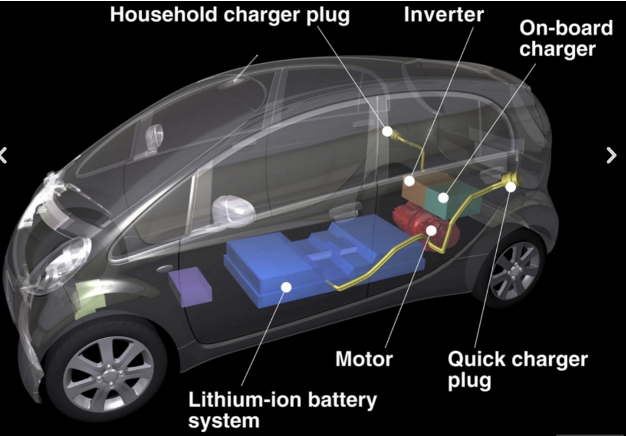
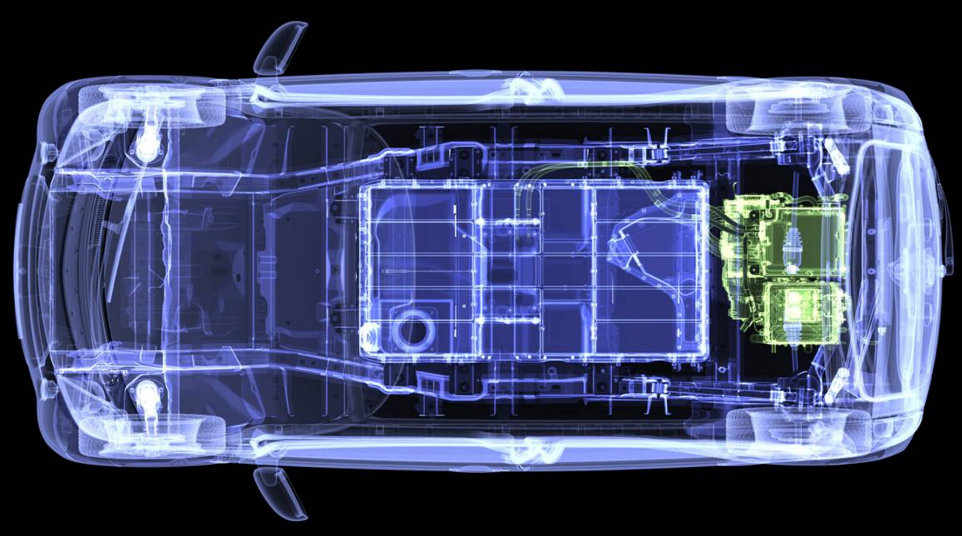
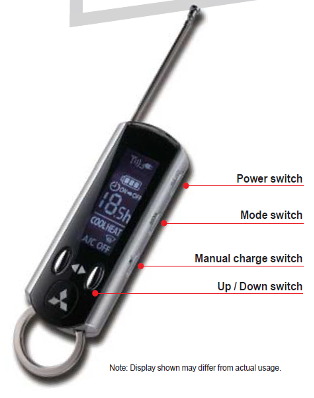
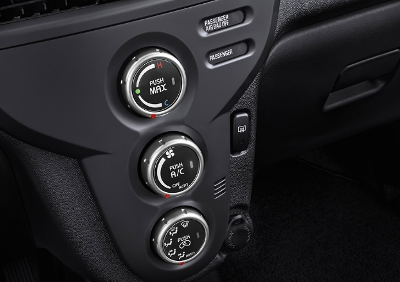
Mitsubishi iMiEV (System Diagram)
Comfort and Convenience

